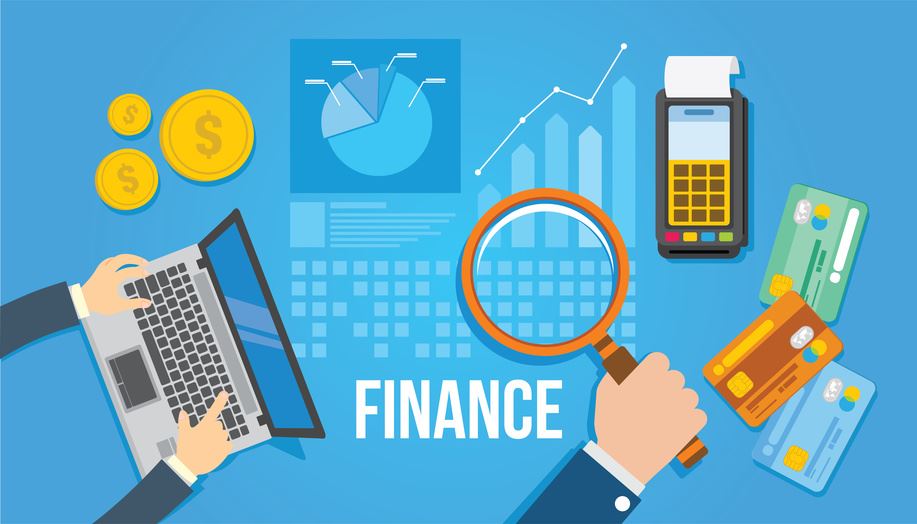The effect of the COVID-19 pandemic on cash flows because of job losses and the demise of loved ones in the family has been felt by numerous individuals and has uncovered those without a financial plan.
Over the previous decade, financial planning has acquired significance. People can either look for a specialist for your financial planning exercise or do it without anyone else’s help. However, there are steps engaged with making a healthy financial plan.
Ask: What are you saving for?
The first step is to have clearly-defined financial objectives. You could have a single or multiple goals, contingent upon where you remain in your life cycle. A millennial with a first job might have only one goal: to put something aside for post-graduate education. A family would, normally, have numerous objectives simultaneously: funding children’s education, purchasing a house, planning for retirement, etc.
Tivesh Shah, Founder of Tru-Worth Finsultants, gives a representation. Say, you wish to purchase a house in five years. You are 30 years of age now, your take-home salary is Rs 40,000 every month, and the property that you wish to purchase costs Rs 50 lakh. Shah works out that at the rate at which the property’s cost would rise – as would your salary – you might need to make a down payment of Rs 18.71 lakh after five years. How would you arrive? Invest, he says, Rs 24,200 every month over the next five years. Or in the first year, invest Rs 22,100 and afterward increment your monthly investment by 5% from the second year onwards, once every year (refer to the graphic). Keep in mind: you would likewise need to take a home loan later and pay EMIs.
The loan is assumed to be taken for a residency of is 25 years at an interest rate of 7%. Presently, the EMI to income ratio considered by financial institutions is 60%, and expected returns on investments are 10% p.a. and expansion in investment amounts is expected at 5% p.a.
How much risk can you actually take?
One of the most important aspects of financial planning is hazard profiling. “Avoid investing haphazardly in risky products that could ruin your finances,” says Renu Maheshwari, a SEBI-registered investment advisor, CEO and Principal Advisor at Finscholarz. Investigate your risk-taking capacity by answering a set of questions online or with your financial consultant. It will assist you with understanding your risk appetite.
Through hazard profiling, a financial counsel can decide your emotional and financial risk tolerance, as well as the risk perception. “Formulating the risk-profile of the investor helps the financial advisor in deciding the debt-equity mix to be incorporated in the portfolio, which investments could achieve the financial goals within the timeframes and risk levels,” says Shah.
Deal with your cash flows well
Get a clear understanding of the cash flows that you have, from your regular salary and different sources like rental income and royalty. The majority of the investors are much behind the essential objective of building the crisis corpus for quite a long time of costs, since they use credit items to keep up with incomes. Try not to change your monthly buys on Visas over to likened regularly scheduled payments (EMIs) in light of the fact that financing costs on Mastercards are higher. You could wind up in an obligation trap. Try not to overspend, break down the monthly expenses and limit yourself inside the assigned financial plan.
“These days, millennial investors are using credit products to manage cashflows. For instance, they swipe their credit cards for necessities towards the end of the month or apply to a fintech for personal loans to holiday. These are risky tools being used to manage cashflows,” says Uday Dhoot, Partner at VennWealth.in and Founder of OyePaisa.com. “If you cannot take care of short-term cash flow requirements, your long-term planning fails,” Dhoot adds.
Get your expansion appropriate for different costs
Things get costly over the long run. It’s called expansion. “But, it’s incorrect to assume one rate of inflation for all your needs. Costs of some items go up more than others,” says Shah.
Simultaneously, you must be moderate with regards to saving up for expenses that are to a great extent non-debatable – your youngsters’ schooling and clinical costs, for instance. You should expect a higher swelling for such heads since you need a greater corpus when you arrive at your objectives. Along these lines, you save some more, consistently.
Financial planners normally accept staple things to build 8% every year, education expenses to ascend by 10%, medicines, tests and doctor consultation expenses to flood by 12% every year.
Review the financial plan and portfolio
Don’t simply make your financial plan and forget about it. Review it occasionally. It is safe to say that you are approaching your objectives or wandering away from them? “Any changes in the investor’s life situation, for instance, a baby’s birth, inheritance etc. will affect the financial plan,” says Maheshwari.
The equity and debt markets are unstable, thus you should rebalance your portfolio from time to time. “Your investment portfolio checks might happen more frequently, may be every three or six months,” says Vishal Dhawan, CEO & Founder, Plan Ahead Wealth Advisors.
Disclaimer: The views, suggestions, and opinions expressed here are the sole responsibility of the experts. No journalist was involved in the writing and production of this article.

